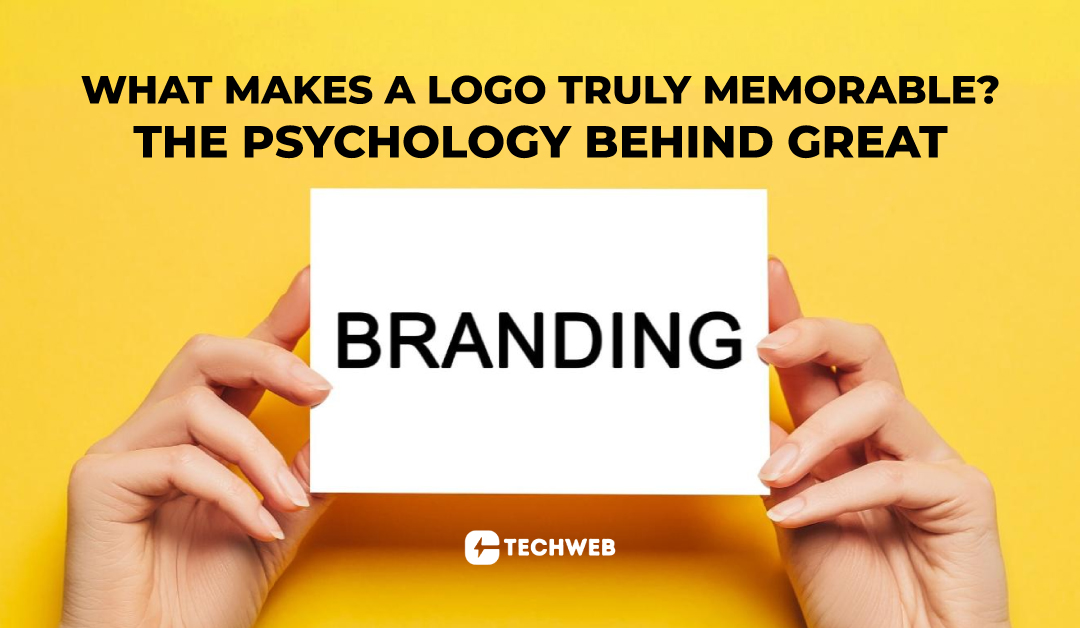The Importance of Simplicity
One of the cardinal rules of logo design is simplicity. In a world inundated with information, a logo that is straightforward yet striking stands out in the clutter. Think of the iconic Nike swoosh or the Apple logo; both are incredibly simple and easily recognizable. Psychologically, simplicity fosters clarity and facilitates instant recognition. According to studies, people can remember simple, well-crafted logos more easily, which positively impacts brand recall and recognition.
The Power of Color Psychology
Color is a powerful tool in branding because it evokes emotions and can influence consumer behavior. Different colors stimulate different reactions—blue often communicates trust and reliability, while red can evoke excitement and urgency. A well-designed logo employs color in a way that resonates with the target audience, connecting on a deeper emotional level. For example, consider how green is commonly associated with health and freshness, making it an appealing choice for brands in the organic and natural sectors.
Shapes and Their Symbolic Meaning
Shapes also play a significant role in logo design. Circular logos can symbolize unity and community, while sharp angles often convey strength and stability. A triangle might represent progress or change, depending on its orientation. According to design psychology, these shapes can send subtle messages to the audience about the brand’s core values and attributes. Consequently, the right shapes can enhance the emotional response to the logo and, ultimately, the brand itself.
The Role of Typography
Typography is frequently an underappreciated element of logo design, yet it can dramatically affect a logo’s memorability. The font choice conveys tone and personality; a script font might evoke elegance and sophistication, while a bold sans-serif may communicate modernity and efficiency. Ensuring that the typography aligns with the brand’s message is crucial. For instance, a tech company might opt for clean, minimalist fonts to convey innovation, while a children’s toy brand could use playful, rounded typefaces to appeal to a younger demographic.
Creating a Story
Great logos often tell a story or embody a vision that resonates with the audience. Think about how the hidden meaning in logos such as FedEx—where the arrow symbolizes speed and precision—enhances the brand’s identity. A logo that tells a story can create a sense of connection with the audience, inviting them to engage more deeply with the brand. Sharing that narrative on various platforms can only serve to solidify brand loyalty.
Consistency Across Platforms
For a logo to be memorable, it must be consistently applied across all branding platforms. Whether it’s on social media, business cards, websites, or merchandise, a strong logo backed by consistent branding helps reinforce recognition. Consumers are more likely to remember a brand that displays a unified look and feel. Consistency builds trust, and when consumers trust a brand, they are more likely to engage and develop loyalty.
Consumer Feedback and Adaptation
Understanding your audience is essential in designing a memorable logo. Conducting polls, surveys, and focus groups can provide invaluable feedback on the effectiveness of a logo. Learning what resonates with the target audience allows brands to refine their logo design, making it even more compelling and memorable. Furthermore, as times change, so too should a logo evolve. Iconic brands like Starbucks reimagined their logos to stay contemporary and relevant while still honoring their roots.
Conclusion
A memorable logo is more than a piece of art; it’s a strategic tool rooted in psychological principles that engages and connects with consumers on various levels. From simplicity and color psychology to symbolism and storytelling, every aspect of logo design plays a pivotal role in how a brand is perceived. As businesses strive to stand out in an increasingly crowded marketplace, prioritizing effective logo design can drive brand recognition and foster lasting relationships with customers.
By understanding the psychological underpinnings of branding, companies can create logos that not only capture attention but also resonate deeply within the hearts and minds of their consumers. So, the next time you’re pondering a logo redesign or starting from scratch, remember: every curve, color, and letter has the potential to tell the world who you are and what you stand for.
—
For any inquiries or assistance regarding logo design and branding strategies, feel free to contact me at techweb.ca. Let’s create something memorable together!

